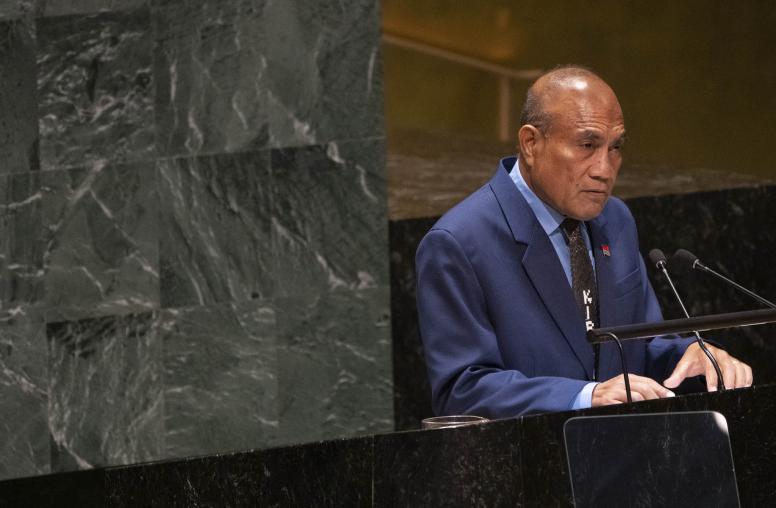 Kiribati
Kiribati
Featured Research & Analysis

Kiribati’s President Wins Reelection: What Does it Mean for the U.S. and China?
Kiribati President Taneti Maamau, reelected last week, will probably use his third term to continue strengthening ties with China. U.S. relations with Kiribati, however, remain less well established. Since last year, the number of U.S. embassies in the Pacific Islands has leapt from six to nine, reflecting the region’s higher priority to the United States as its concerns have grown about China’s engagement. But efforts to build a U.S. embassy in Kiribati — the closest country to Hawai‘i — have stalled because of Maamau’s government.

Pacific Island Nations Seek Climate Solutions Outside of COP28
While the Pacific Islands are responsible for less than 1 percent of total global greenhouse gas emissions, they face disproportionate impacts from climate change. These impacts are wide ranging: rising sea levels, salinization and dwindling availability of fresh water, increasing and more intense tropical storms, floods, drought, ocean acidification and coral reef bleaching. Already, NASA finds that sea level rise in Tuvalu is 1.5 times faster than the global average — and is expected to more than double by 2100.

China’s Search for a Permanent Military Presence in the Pacific Islands
In April, China signed an unprecedented security pact with the Solomon Islands, sparking regional concerns of a future Chinese military presence there. China’s pursuit of greater military reach in the Pacific Islands draws parallels to Imperial Japan’s construction of bases prior to World War II, and the implications are, likewise, strikingly similar. A Chinese military presence in the Pacific Islands could complicate transit between Australia and the United States, allow Beijing to increase its power projection in the second and third island chains, and bring Chinese military firepower closer than ever to Australian and U.S. territory. Can the United States and its partners prevent such an outcome?